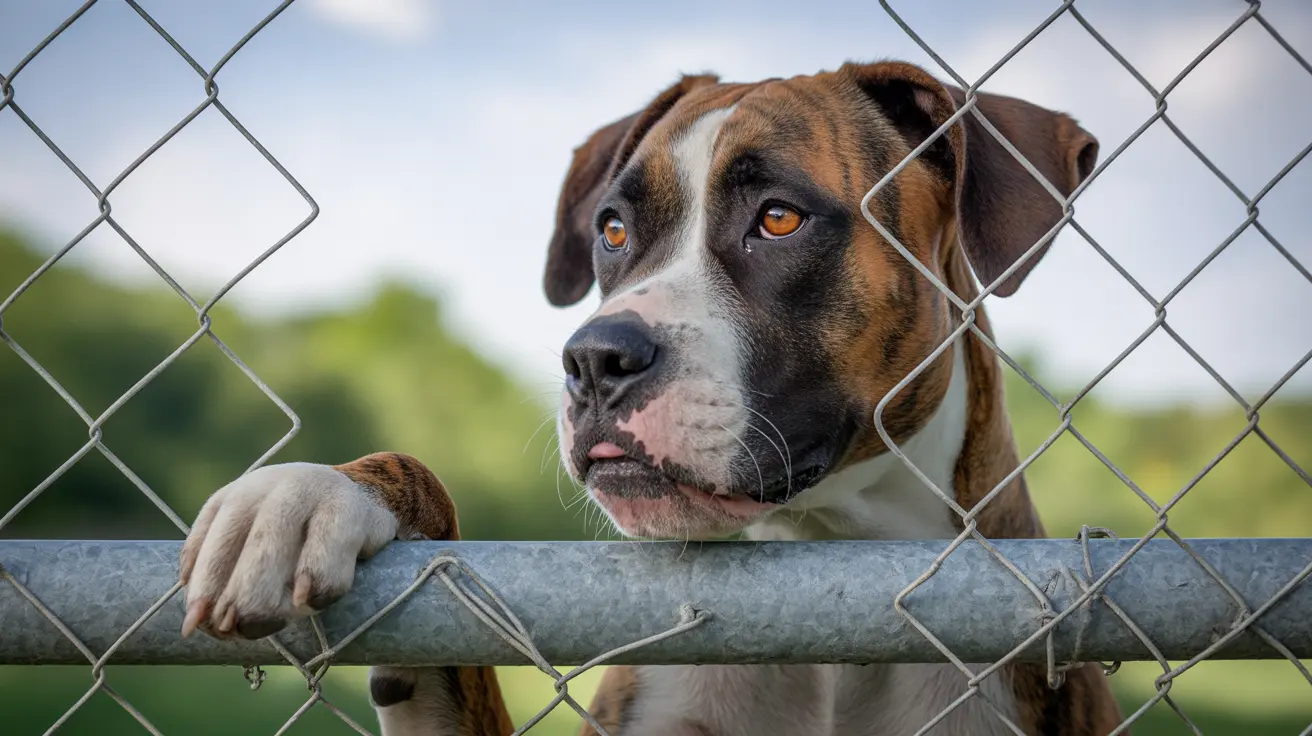Is It Safe for Dogs to Eat Raw Chicken?
Many dog owners consider feeding their pets raw chicken, assuming it mirrors the natural diet of wild canines. However, this controversial topic demands careful examination due to significant health implications. Understanding the risks and benefits is crucial before deciding to include raw chicken in your dog’s diet.
The Potential Risks of Raw Chicken
Feeding raw chicken to dogs carries several documented dangers:
- Bacterial Contamination: Raw chicken can harbor harmful bacteria like Salmonella, Campylobacter, and Listeria, posing a risk of infection to both pets and humans.
- Parasitic Infections: Parasites can be transmitted through improperly handled or contaminated meat.
- Food Poisoning: Dogs may suffer from gastrointestinal distress if exposed to contaminated raw meat.
- Nutritional Imbalance: Relying solely on chicken muscle meat lacks essential nutrients like calcium, vitamins, and organ components.
- Bone Hazards: While raw bones are less brittle than cooked bones, they still carry risks of splintering or choking.
Symptoms of Bacterial Infection in Dogs
If your dog develops an infection from raw chicken, watch for these signs:
- Vomiting
- Diarrhea (often bloody)
- Lethargy
- Loss of appetite
- Fever
- Abdominal pain
- Dehydration
Symptoms may arise within a week of ingestion. Prompt veterinary care is essential if any signs of illness appear.
Connection to Polyradiculoneuritis (APN)
Feeding dogs raw chicken has been linked to polyradiculoneuritis (APN), a nerve disorder similar to Guillain-Barré Syndrome in humans. It can result in limb weakness and requires a prolonged recovery period. Campylobacter infection from raw chicken is a suspected trigger.
Guidelines for Risk Reduction
If you still choose to feed your dog raw chicken, adhere to these safety measures:
- Consult your veterinarian before dietary changes.
- Use human-grade meat from reputable sources.
- Keep meat frozen until use.
- Thaw meat safely in the refrigerator; avoid leaving it out at room temperature.
- Clean all surfaces, plates, and utensils thoroughly.
- Wash your hands immediately after handling raw meat.
- Avoid cooked bones due to splintering risk; supervise dogs with raw bones carefully.
- Discard leftovers after 24 hours.
Considerations for Specific Dog Groups
Some proponents argue that dogs have a more acidic, shorter digestive tract that may reduce pathogen impact. However, this is not foolproof. Extra caution should be taken with:
- Puppies
- Senior dogs
- Immunocompromised dogs
Commercially Prepared Raw Diets
A safer alternative is purchasing commercial raw dog foods, which may undergo high-pressure processing (HPP) to kill harmful bacteria. These products are more likely to be nutritionally complete and follow better safety practices than homemade raw meals.
When Cooked Chicken is Safer
Cooked, unseasoned chicken is widely considered safe and nutritious for dogs. It provides lean protein and is less likely to cause illness—provided bones are removed to prevent splintering. Be wary though, as some dogs may have food allergies to chicken.
Final Thoughts
Feeding raw chicken to dogs remains a debated topic. While some owners report no issues when practicing strict hygiene and sourcing quality meat, the risks—including bacterial infection, parasitic exposure, bone injury, nutritional imbalance, and nerve disease—are undeniable. The FDA and American Veterinary Medical Association advise against raw feeding due to safety concerns.
Always consult your veterinarian before implementing a raw food diet and follow comprehensive food safety protocols to protect both your pet and your household.





